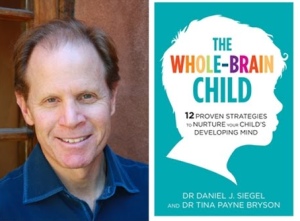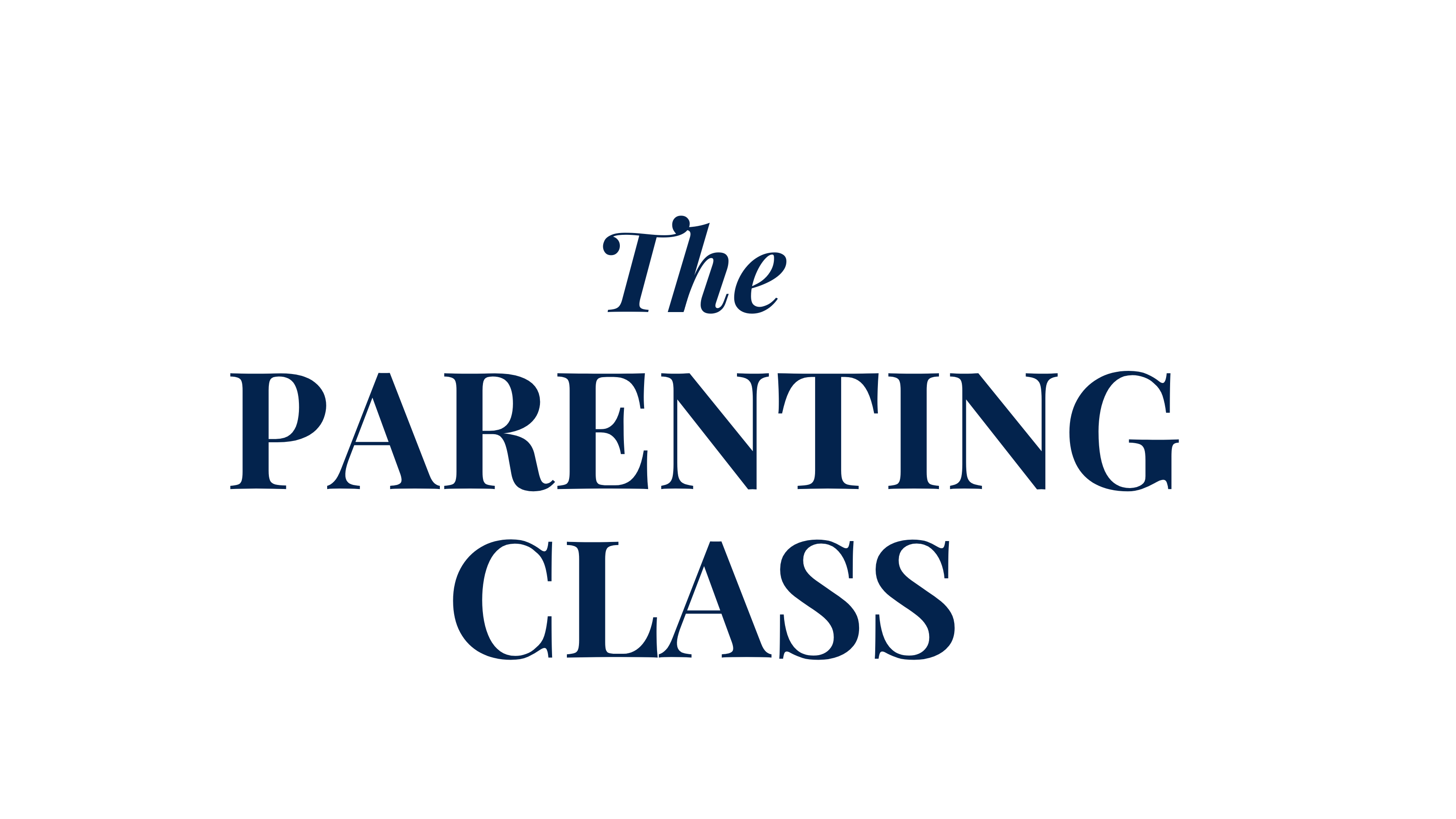The Time-Out Dilemma: A Deep Dive into the Science behind the Controversial Parenting Tool

Why This Matters: The Modern Parenting Dilemma
Parenting today feels more complicated than ever. We live in a world where advice is everywhere – social media, parenting blogs, books, and experts all telling us how to raise our children. And overwhelmingly, modern parents are told to embrace gentle parenting – an approach that emphasizes emotional validation, connection, and avoiding punitive discipline. The problem?
Many parents struggle with serious behavioral challenges – hitting, screaming, defiance – but are left feeling helpless because so many traditional discipline strategies are now labeled as “harmful.” Parents are given a long list of “don’ts” (don’t yell, don’t use time-out, don’t punish), but very few evidence-based “dos” to help them guide their child’s behavior in a way that actually works (other than the very broad advice to “set boundaries”).
This leads to guilt, confusion, and frustration. If time-out is harmful, and consequences are bad, then what should parents do when their child refuses to listen or is aggressive toward a sibling or even mom and dad? Shouldn’t we raise polite, kind, social human beings? Many parents feel like they have no real tools to set boundaries and shape behavior effectively. And social media advice is simply not helping.
That’s exactly why I wanted to dive into the science of time-out – to separate fact from fear and help parents understand what actually works.
Note: This is just a starting point- I will be digging into ALL the research on ALL major discipling tools- sign up to my newsletter and follow me on Instagram to not miss out.
So, let’s break it down:
- Why did time-out become controversial?
- What does research actually say?
- How can parents use time-out effectively?
The History of Time-Out: From Science to Stigma


Time-out wasn’t invented out of thin air. Dr. Arthur Staats, a psychologist in the 1960s, coined the term. But the practice was used for much longer in various forms across various cultures. However, Staats researched it and he shaped the kind of time-out we use (or do not use) today. He had children of his own (who later as adults said they were lucky to have had him as a parent because of how well he taught them). He advocated for short, calm, and loving time-outs as an alternative to spanking.
In the scientific literature, time-outs are usually looked at in two kinds:
- Time-out from positive reinforcement – briefly removing attention, toys, or fun activities to discourage certain behaviors.
Your 3 year old is at a birthday party and starts throwing toys at other children. You tell them not do gently. They keep doing it. You tell them if they keep doing it you will remove them until they are ready to play kindly. You bring them to another, boring room away from the party, there they sit with you close by for 2-3 minutes until you feel they are ready to rejoin.
2. Time-out to calm down – allowing an overwhelmed child a break from an emotionally charged situation so they can reset.
This is less about removing them from fun activities or attention and more for allowing them to calm down during for example a very intense tantrum or a routine activity such as acting out during dinner. Your 4 year old boy gets up on his dinner chair and wants to stand on it and not eat. You ask him to sit, he starts screaming and that screaming develops into a full blown tantrum. You pick him up, carry him to the couch, a chair (whatever spot you picked) for him to calm down. The child does not – contrary to popular myths- have to stay alone in a separate room during these episodes. It´s totally OK and even encouraged for the parent to stay close, to be present. Not to walk away angrily and leave the crying child behind. That is NOT time-out.
Early research in the 1970s and 1980s found time-out when done correctly dramatically reduced problematic behaviors without ANY negative impacts on the child´s mental health or their relationship to the parent. I will get into the RIGHT WAY in a bit. By the 1990s, it was included in almost every research-backed parenting program, including:
- Triple P (Positive Parenting Program)
- Parent-Child Interaction Therapy (PCIT)
- The Incredible Years
- Helping the Noncompliant Child
- Parent Management Training (PMT)
Decades of research found that time-out was one of the most effective discipline strategies for reducing disruptive behavior in young children. Studies find it highly effective for oppositional behavior and aggression.
Time-out was widely accepted as a proven, non-harmful tool helping many families NOT use aggressive tools such as spanking or excessive yelling and other aggressions. Precisely because if done right, time-out allowed both child AND parent to cool down.
So Where Did the Backlash Come From?
Although time-out had decades of research behind it, parenting philosophies evolved. Attachment parenting and gentle parenting movements gained popularity, and many influencers began discouraging time-out. Then, in 2014, an article in TIME Magazine titled “Timeouts Are Hurting Your Child” by Dr. Dan Siegel and Dr. Tina Payne Bryson went viral. Researchers today think that it was this article that amplified the distrust again timeout. But there was a problem.

In the article Dr Siegel (who I generally greatly respect and learned a lot from) claimed time-out caused “relational pain,” citing a brain scan study. But here’s the catch: that study was on adults who were excluded from a virtual game and all it showed is certain brain areas flaring up that are associated with physical pain – it was not about children in time-out. It wasn’t even about children. Siegel and Bryson later clarified that they actually support time-out when done correctly, and that TIME magazine picked the title itself without them chipping in. But their follow-up article got little attention. Meanwhile, the idea that time-out was “harmful” spread like wildfire across (social) media.
A 2014 study found that 30% of websites discussing time-out called it either ineffective or harmful. Worse, 75% of these websites contained contradictory information, leaving parents confused.
What the Research Actually Says
If you’ve heard that time-out damages emotional development, the science doesn’t back it up. A 2019 studyfollowed 1,400 families from ages 3 to 10. Researchers found that children who experienced time-out were no more likely to develop:
- Anxiety
- Depression
- Aggression
- Self-control issues
- Lower creativity
Dr. Rachel Knight (University of Michigan) wrote, “No matter how we analyzed the data, we found no evidence that time-outs were linked to bad outcomes.”
Additionally, randomized controlled trials (the gold standard of research) consistently find that time-out reduces aggression, noncompliance, and sibling fighting in children ages 3-7. A meta-analysis found that time-out was particularly effective for reducing defiant behavior in preschool-aged children.
A separate 2020 study found that children whose parents used time-out as part of structured discipline showed better self-regulation and fewer behavioral problems over time.
When Time-Out Can Be Harmful
Now, researchers do say (and Dr Siegel did too) that often parents do it wrong. They call what they do time-out when in fact it is not what time-out is intended to be. For example:
🔴 Bad “time-outs” aka not really time-outs as defined and supported scientifically:
- Are too long (children should never be isolated for extended periods)
- Are used angrily (if parents yell or shame, making it punitive rather than a moment to reset and reconnect)
- Leave the child feeling abandoned (parents should stay nearby and reconnect afterward, not lock their kid up alone or ignore them)
🚨 There is no research on the effects of badly executed time-outs because researchers are not telling parents to do it wrong on purpose. But we do know that yelling, shaming, and spanking are linked to serious emotional harm.
So, rather than throwing time-out away, we should focus on using it correctly. Because fact is that many parents struggle, so imagine there was one tool, studied for decades, that made thousands of families say their family life was better and their kids happier? Shouldn´t you know about this research, this tool? Even if it carries the tainted name “time-out”? I think so. I think parents should have ALL the information, to make informed decisions. I cover research on parenting styles, your child’s temperament, but also brain boosting activities, screen time and more in this class.
How to Use Time-Out Effectively
When time-out has been effective and has helped families, it is because they used it in this way:
✅ Explain it in advance – Make sure your child knows what time-out is and when it will be used.
✅ Keep it short – 2-3 minutes are usually advised.
✅ Stay calm – No yelling, no shame. Time-out is a reset, not a punishment. Your child should feel that your goal is for everyone to be calm and connected.
✅ Stay nearby – Your child should know you’re still there. You can even sit next to them but you should not shower them with your positive attention.
✅ Reconnect afterward – A warm reunion ensures they don’t feel rejected. Cuddle, hug, tell them you are glad they feel better. And share a short reflection.
✅ Pair it with positive parenting – Most of your parenting should remain connected and positive. Teach emotions, model behavior, and create a loving “time-in” environment most of the time.
Final Thoughts: Should You Use Time-Out?
At the end of the day, this isn’t black and white. Some children respond well to simply being validated, while others need a structured reset to regulate emotions. It depends on your child’s temperament (something I also cover in depth here.)
What matters is that parents have the full picture – not just fear-based messages.
Time-out isn’t harmful when done right. It’s a tool, not a punishment. And most importantly? It’s okay to use it.
Below are key studies mentioned above.
Sign up to my newsletter and follow me on Instagram to not miss out on other tools I will cover going forward.
In the meantime, if your child is 0-18 months old, you will love my science breakdown called The Science of Parenting Babies, covering: parenting style, temperament, feeding research, baby sleep and sleep training research, brain boosting activities, screen time research, baby sign language and more.
References
- no increase in anxiety or depression, aggression, rule-breaking behavior, or difficulties with self-control DOI: 10.1097/DBP.0000000000000725
- can decrease sibling fighting DOI: 10.1080/07317107.2018.1487701
- can decrease harsh discipline from parents DOI: 10.1016/j.brat.2012.01.006
- can help children with ADHD , decrease aggression and destructive behaviors DOI: 10.1016/S0005-7894(04)80027-3
- on the issue with being completely against any form of consequences + Siegel reference DOI: 10.1080/01494929.2016.1145613
- on anxiety and aggression DOI: 10.1111/j.1467-8624.2009.01409.x
- can improve child mental wellbeing DOI:10.1001/jamanetworkopen.2022.29726
- teaching parents to do timeout and other aspects of discipline (being consistent, teaching skills) is effective DOI: 10.1007/s10802-007-9201-9
- the study Siegel claimed was related to time-out but was actually about adults gaming DOI: 10.1126/science.1089134

